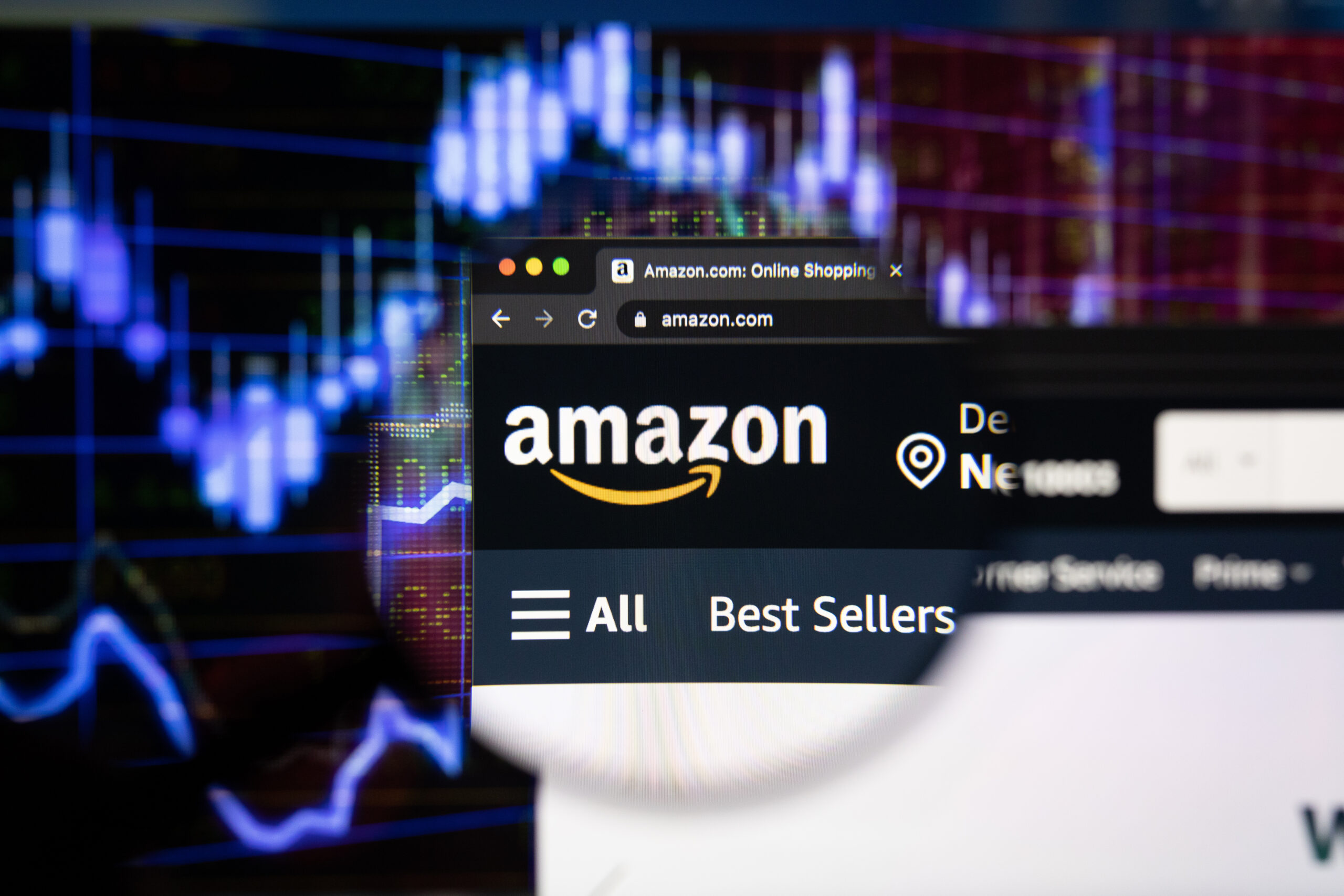
Amazon Seller Strategies for the Post-Holiday Sales Slowdown
Amazon Seller Strategies for the Post-Holiday Sales Slowdown
Bryan Fowler, President, Amazon Division • Intero Digital • January 4, 2024
In the wake of the festive holiday shopping rush, a common narrative unfolds across the e-commerce landscape: a significant downturn in sales. This trend is palpably felt by sellers on platforms like Amazon, where the contrast between the holiday shopping frenzy and the subsequent lull is stark. However, this period of slowed business activity should not be seen as a downturn, but rather as an opportunity for strategic recalibration.
Let’s dive into 10 areas Amazon sellers can leverage to see sustained success — even during the notorious post-holiday sales slump.
1. Inventory Management
The post-holiday period is ripe for an in-depth inventory analysis. Identifying overstocked items allows sellers to strategize on promotions or discounts to clear excess inventory. This not only frees up storage space, but also provides an immediate cash flow boost. Also, it’s best to be prepared for a wave of returns after the holidays — have a plan and team in place to handle the additional workload.
2. Customer Reviews and Feedback
Encouraging satisfied holiday shoppers to leave positive reviews can significantly enhance a product’s credibility. A robust review profile can be a potent tool to attract future shoppers and maintain sales momentum.
3. Ad Spend
The post-holiday Amazon traffic trends provide a data-backed canvas to adjust advertising budgets and strategies. By aligning ad spend with consumer behavior during this period, sellers can achieve an optimal return on investment.
4. Email Campaigns
Reengaging holiday shoppers through personalized email campaigns can foster a sense of connection. Offering related products or exclusive deals can not only drive sales, but also enhance customer loyalty.
5. Listing Optimization
Refreshing product listings with updated images, descriptions, or keywords is crucial for maintaining relevance and attracting buyers. An optimized listing is more likely to rank higher in Amazon’s search results, driving more traffic and sales.
6. Loyalty Programs
Introducing or promoting loyalty programs can incentivize repeat purchases. By offering exclusive deals or points for future discounts, sellers can retain customers and ensure a steady flow of sales.
7. Seasonal Holiday Planning
Looking ahead to upcoming holidays or seasons like Valentine’s Day or spring is crucial. Prepping campaigns and inventory in advance can position a seller favorably to capitalize on these sales opportunities.
8. Data Analysis
The slower sales period is an opportune time to analyze sales data and understand customer behavior. Insights gleaned during this period can be instrumental in refining future strategies for sustained success.
9. Product Portfolio Diversification
Considering the introduction of new products that cater to needs beyond the holiday season can attract a broader customer base. Diversification can also mitigate risks associated with seasonal sales fluctuations.
10. Social Media
Keeping the brand presence alive and engaging on social media platforms can create a buzz around the products. Sharing user-generated content, stories, or behind-the-scenes glimpses can humanize the brand and foster a community of loyal customers.
Implementing these post-holiday marketing strategies can significantly ameliorate the effects of the e-commerce slowdown. By viewing this period as an opportunity for strategic growth and customer engagement, Amazon sellers can set themselves up for sustained success throughout the year.
